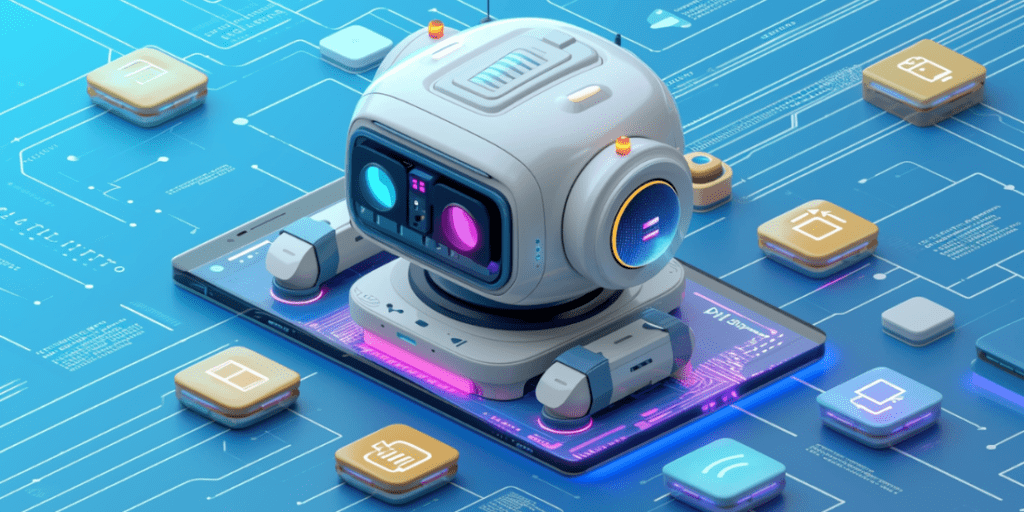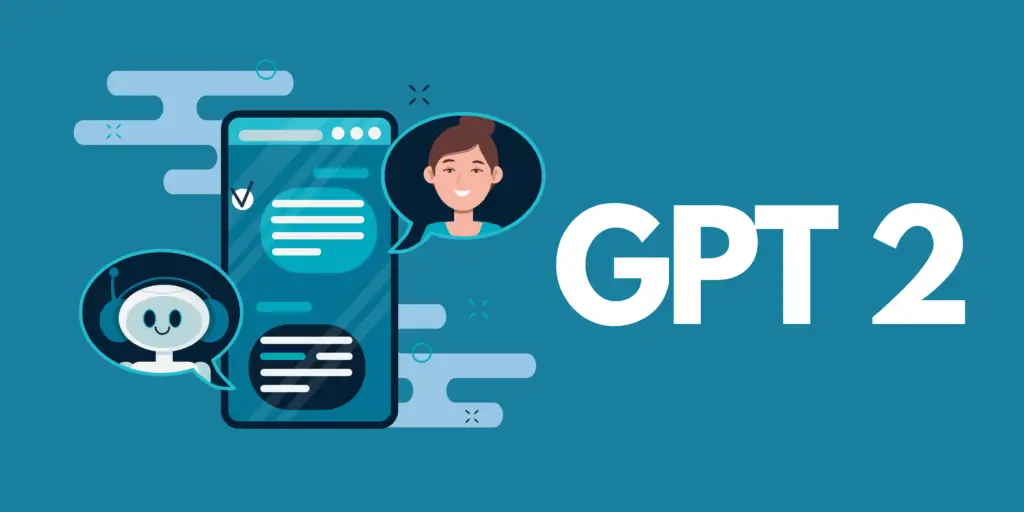Debut of a Mysterious Chatbot gpt2 an AI model that surfaced without prior announcement and quickly captured the attention of technology enthusiasts and experts alike.
First appearing on the LMSys Chatbot Arena, a platform renowned for testing the limits of conversational AI, ‘gpt2-chatbot’ not only matched but sometimes exceeded the capabilities of leading AI models like GPT-4 and Claude 3 Opus.
The sudden appearance of ‘gpt2-chatbot’ has sparked a flurry of excitement, curiosity, and speculation within the AI community.
Mysterious Chatbot gpt2
The ‘gpt2-chatbot’, as it has come to be known, is a conversational AI model that has made an unheralded entry into artificial intelligence.
Its capabilities were first noticed during comparative tests on the LMSys Chatbot Arena, where it demonstrated a level of sophistication in dialogue and problem-solving that rivalled and, in some cases, surpassed.
‘gpt2-chatbot’ distinguishes itself through its adept handling of a broad range of topics and ability to engage in highly personalized conversations.
It has shown particular prowess in fields as varied as material science and complex reasoning tasks, indicating a robust training background and potentially innovative algorithmic enhancements.
Unlike its predecessors in the GPT series, ‘gpt2-chatbot’ has introduced improvements focusing on enhanced dialogue management, safety features, ethical considerations, and overall response quality.
These advancements suggest a deliberate focus on interactive applications, setting it apart from earlier models, which were more generalist in their approach.

The arrival of ‘gpt2-chatbot’ represents a significant point in the ongoing evolution of AI technologies.
Its emergence follows a lineage of generative pre-trained transformers but with apparent optimizations hinting at a new direction for future developments.
The model’s introduction without fanfare or prior announcement adds to its mystique. It raises questions about the strategic intentions behind its deployment.
Speculations on Origin
The origins of gpt2-chatbot are shrouded in mystery, fueling widespread speculation and intrigue in the AI community.
Despite its advanced capabilities and alignment with current high-performance models, no definitive information about its creators or the development process has been disclosed.
Many in the tech community suspect that ‘gpt2-chatbot’ may be a product of OpenAI, given its similarities in style and function to previous models such as GPT-4.
The model itself has indirectly indicated that it was developed by OpenAI, suggesting a lineage tied to its well-known GPT series.
This theory is supported by the model’s advanced natural language processing capabilities, characteristic of OpenAI’s transformative technologies.
OpenAI has not confirmed any association with gpt2-chatbot, leaving room for other possibilities.
Alternative speculations suggest that the gpt2-chatbot could be an experimental project from another established AI lab or even a rogue development by an independent group aiming to demonstrate its technical prowess.
The model’s sudden appearance on a public platform without any official launch or acknowledgement is unusual for a major company like OpenAI, which typically engages in extensive promotional activities for new products.
This anomaly has led some to theorize that the gpt2-chatbot might be a “proof of concept” by an emerging tech group seeking to make a mark in the AI field.
Another intriguing possibility is that the gpt2-chatbot could be a community-driven or open-source project.
This would explain the lack of formal branding and open access to platforms like the LMSys Chatbot Arena.
Technical Analysis
gpt2-chatbot exhibits an advanced understanding of language nuances and the ability to engage in complex, multi-turn conversations more coherently than earlier models.
Its responses are relevant and often insightful, suggesting a deep neural network architecture possibly enhanced with the latest advancements in machine learning techniques such as attention mechanisms and transformer models.
This AI has shown exceptional ability in specific domains, like material science and coding, which implies a training regimen involving a vast and diverse dataset.
The depth of knowledge of gpt2-chatbot is displayed in discussions about turbine blade manufacturing, which suggests specialized fine-tuning, potentially augmented by expert-system integration.
Several testers have observed that the gpt2-chatbot seems capable of adaptive learning, improving its responses based on the context of the conversation and previous interactions.

This behavior indicates an advanced implementation of machine learning that could include reinforcement learning techniques, where the model refines its strategies based on feedback loops.
Compared to known benchmarks like GPT-4 or Claude 3 Opus, ‘gpt2-chatbot’ handles reasoning and problem-solving tasks with greater finesse.
The technical prowess of ‘gpt2-chatbot’ suggests it could employ newer, possibly undisclosed innovations in AI development.
Public and Expert Reaction
Many users and AI researchers have admired gpt2-chatbot’s ability to handle complex queries and advanced reasoning capabilities.
The AI’s performance in specific tasks like solving International Math Olympiad problems on the first attempt and writing challenging code has been particularly noted.
Critics point to occasional inaccuracies and ‘hallucinations’—instances where the AI presents fabricated information as fact—evidence that gpt2-chatbot still suffers from some of the same issues.
Experts in AI have been dissecting the capabilities of the gpt2-chatbot, comparing it to its predecessors and rumoured upcoming models like GPT-5.
Some researchers, like those from Stanford University and the University of Pennsylvania, have commented on its exceptional problem-solving skills and advanced understanding of complex subject matters.
Others, like AI professor Dimitris Papailiopoulos, have pointed out niche areas where ‘gpt2-chatbot’ outperforms other models, adding to its mystique and interest.
Potential Impact
The emergence of ‘gpt2-chatbot’ demonstrates a leap in AI capabilities and suggests profound implications for the future of technology, ethics, and society.
‘gpt2-chatbot’ showcases potential advances in AI technology that could accelerate development across various sectors.
Its ability to handle complex, domain-specific tasks precisely suggests that similar models could soon revolutionize fields such as healthcare, finance, and education by providing more accurate predictions, personalized experiences, and efficient problem-solving.
Suppose it is indeed a variant of GPT-4 or an early version of GPT-5, as some speculate. In that case, it may prompt other companies and research labs to accelerate their own developments, potentially leading to a rapid series of innovations and releases in an attempt to keep pace.
As AI models like gpt2-chatbot become more advanced, they raise significant ethical questions, particularly concerning transparency, privacy, and control of AI technologies.
The model’s ability to generate human-like responses and potentially manipulate information underscores the need for stringent ethical guidelines and oversight in AI development and deployment.
The mystery surrounding gpt2-chatbot’s origins and capabilities highlights the challenges of AI governance.
Ensuring that such powerful technologies are developed and used responsibly necessitates international cooperation and perhaps new frameworks for accountability and regulation.
Controversies and Challenges
These issues highlight the complex interplay between advancing technology and maintaining ethical standards and transparency.
One of the most pressing controversies surrounding gpt2-chatbot is the mystery of its origin.
The lack of clear information about who developed it and the methodologies used for its training raises questions about transparency and accountability in AI development. This obscurity can affect user trust and the ethical standards of deploying AI technologies.
The capabilities of chatbots to process and generate human-like responses also raise significant concerns regarding data privacy and security.

Suppose the model can access and learn from vast amounts of data. In that case, there needs to be stringent measures in place to ensure that this data is handled responsibly and that users’ privacy is protected.
As with any AI system, chatbot faces challenges related to bias and fairness. The potential for inheriting biases from its training data is a significant concern, as this can lead to discriminatory or unfair outcomes in its interactions.
Ensuring that the chatbot operates fairly requires continuous monitoring and updating of its training processes to mitigate these risks.
The advanced linguistic capabilities of ‘gpt2-chatbot’ also pose challenges in ethical use, particularly concerning disseminating misinformation.
Given its ability to generate convincing and coherent text, there is a risk that the model could be used to create misleading information or propaganda.
The automation potential of chatbots challenges the workforce, particularly in sectors reliant on cognitive and analytical skills.
Final Thoughts
As an AI model that appeared mysteriously and demonstrated capabilities surpassing current standards, it has sparked excitement, speculation, and concern within the AI community and beyond.
It has showcased exceptional language understanding and problem-solving abilities, rivalling and sometimes exceeding those of established models like GPT-4.
The uncertain origins of gpt2-chatbot have fueled widespread speculation, with many suggesting it could be an advanced variant or an entirely new development by OpenAI or another entity.
The model’s technical prowess suggests significant advancements in AI, possibly incorporating novel methodologies and architectures that enhance its interactive and cognitive capabilities.
AI has elicited diverse reactions, from admiration of its technological feats to concerns over its potential implications and challenges.
Issues such as transparency, data privacy, bias, and the ethical use of AI are at the forefront of discussions about gpt2-chatbot.
The gpt2-chatbot phenomenon underscores the relentless pace of AI innovation and the challenges it presents.
It highlights the need for robust ethical guidelines, transparent practices, and regulatory frameworks to manage the impact of such technologies.
As AI advances, the balance between leveraging its capabilities for societal benefit and mitigating associated risks will be crucial.
The AI community, policymakers, and the public must engage in ongoing dialogue to ensure that AI development aligns with ethical standards and societal values.


